Energy is a key factor in combating climate change, one of the biggest challenges the world is facing today. India has committed to cutting emissions to net zero by 2070 and set ambitious targets for adopting renewable energy. Achieving these targets requires careful planning and an overhaul of our current energy system.
Our work aims at enabling policies that encourage the adoption of rooftop solar, facilitate the development of technology for energy storage, strengthen the grid and transmission infrastructure, advance hydrogen technologies, and promote green mobility. CSTEP's research looks at the various aspects of mainstreaming renewable energy for a cleaner, greener energy sector.
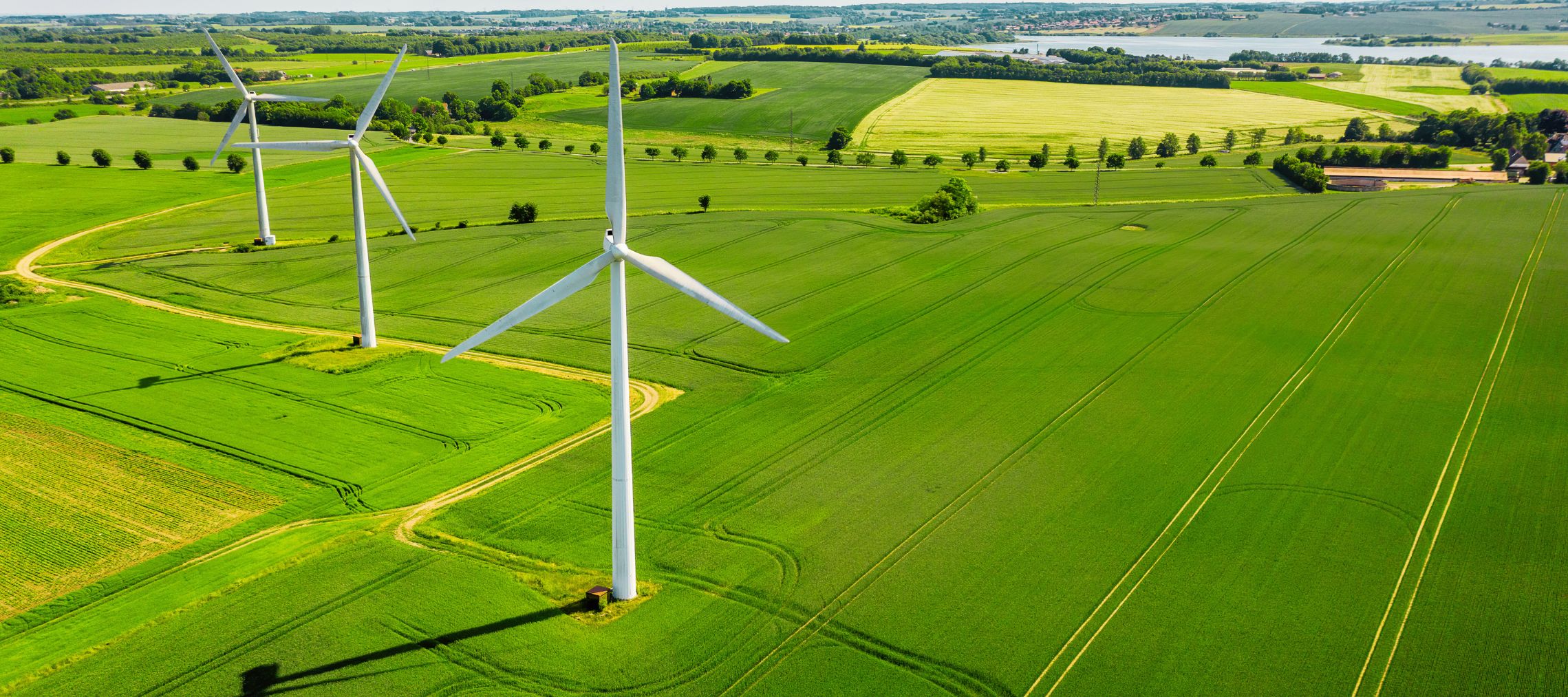
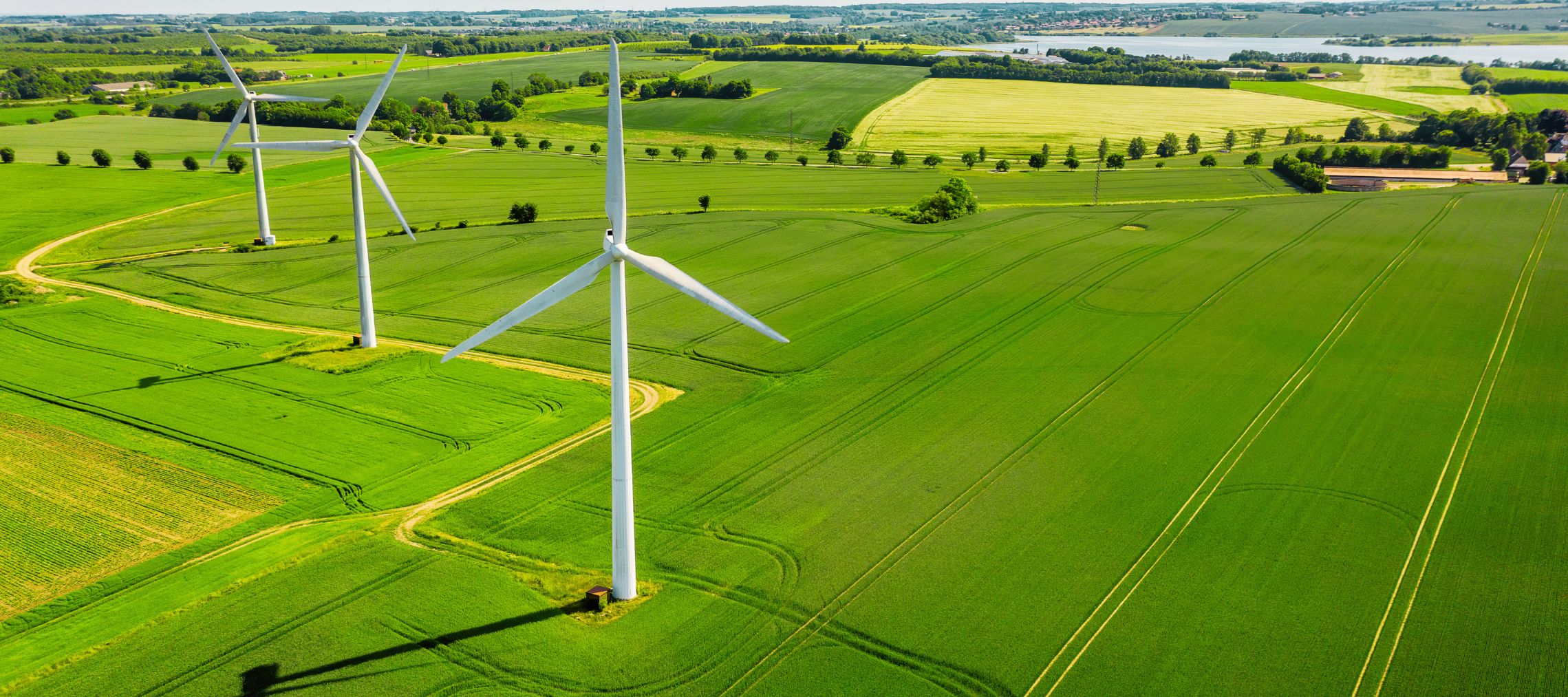
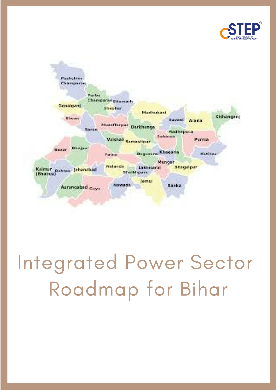


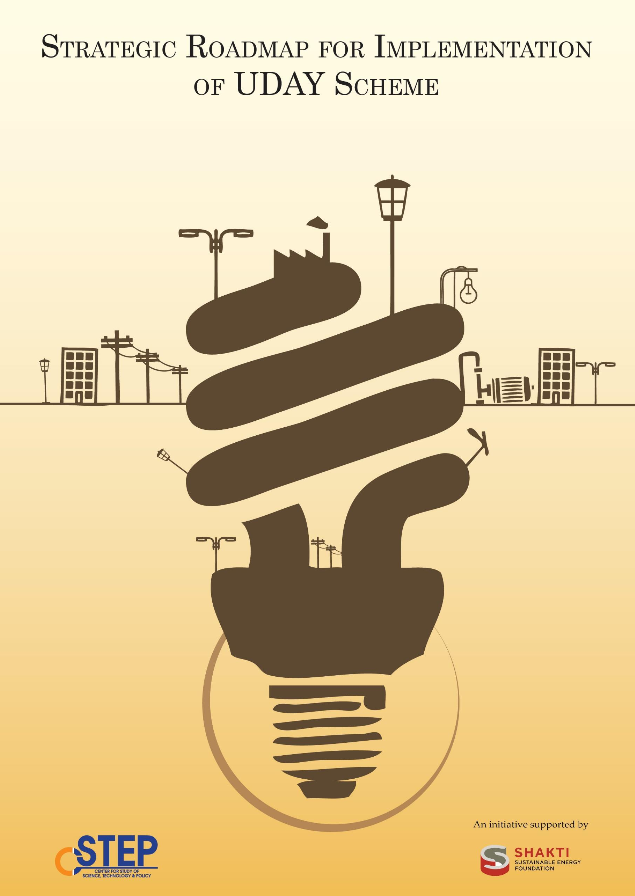
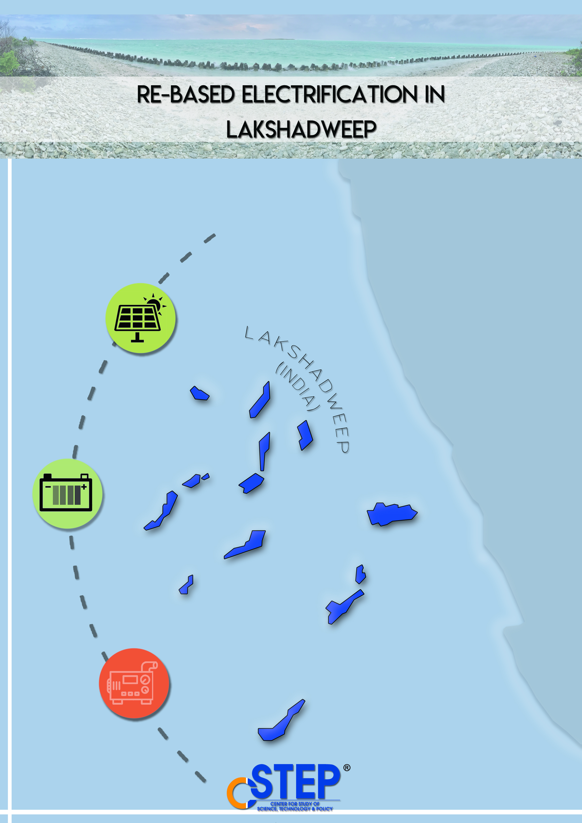

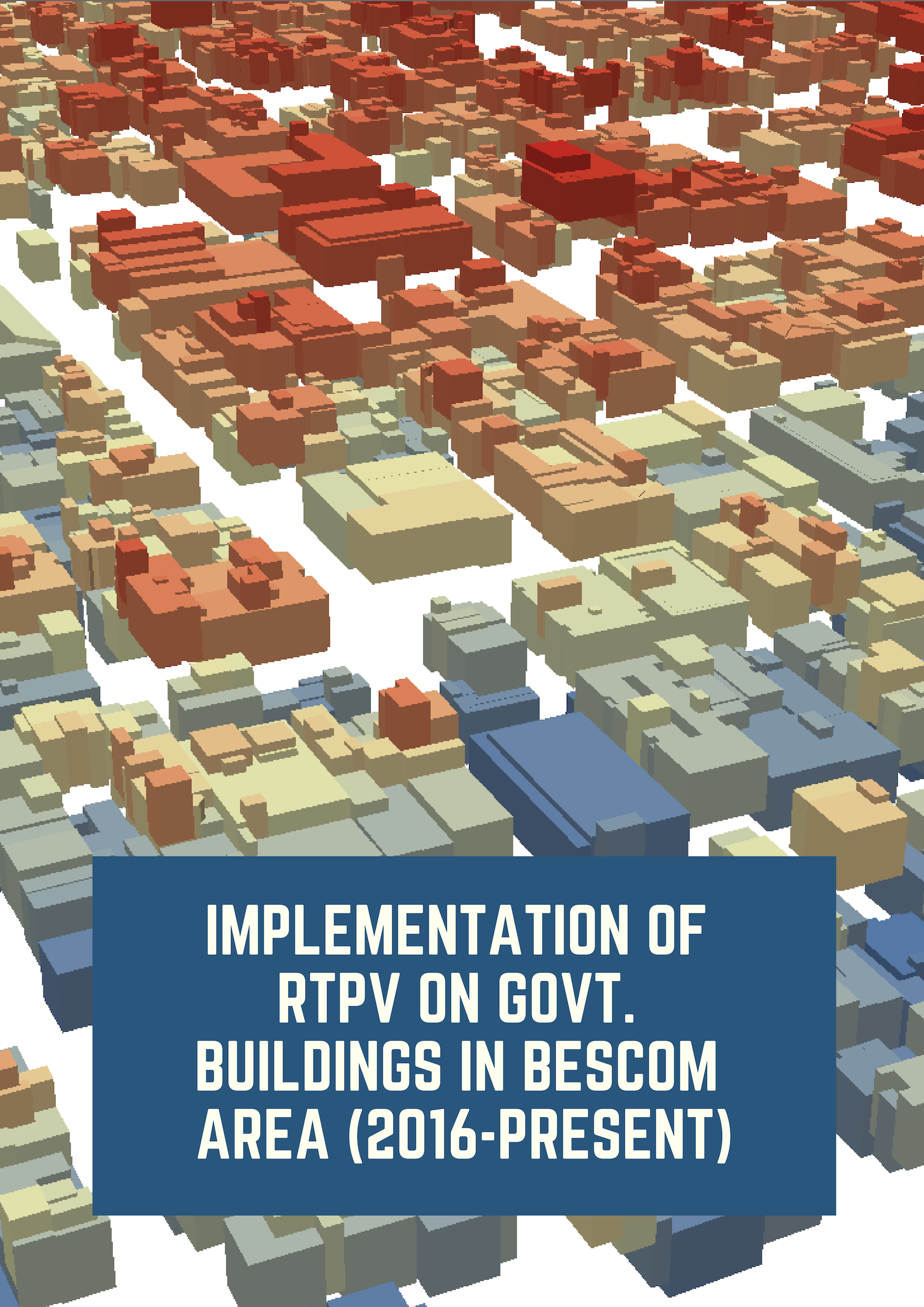

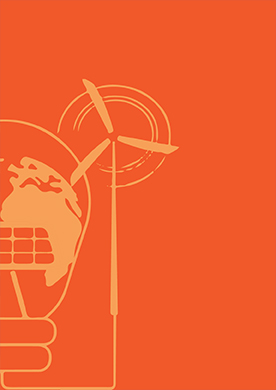

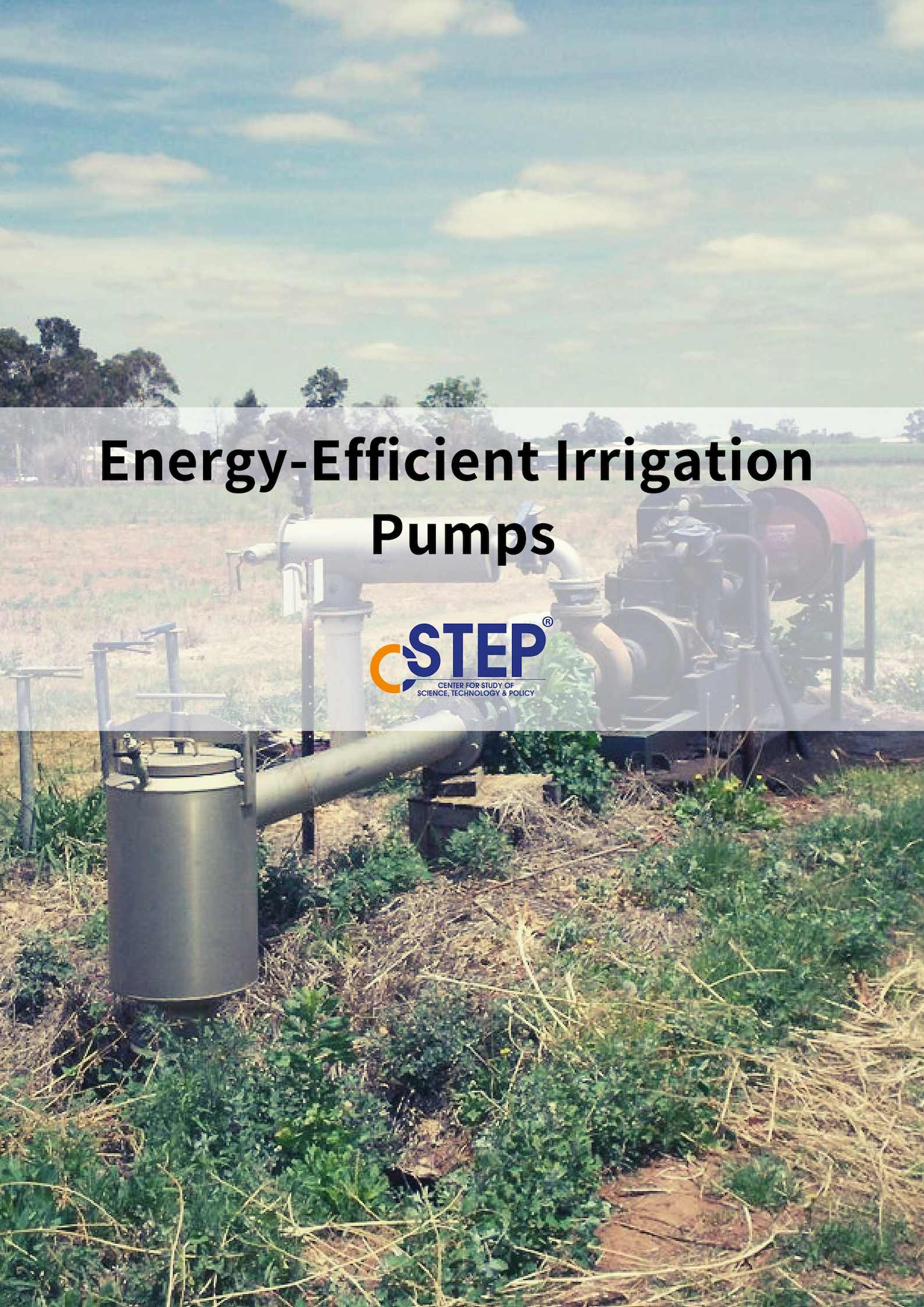
Feasibility of Offshore Wind Farms in India
India’s energy demand is expected to grow at about 3% per annum till 2040, which necessitates the development of more clean power sources to fulfil this demand. India aims to meet 50% of the nation’s energy requirement through green energy sources by installing 500 GW of non-fossil fuel-based energy sources. In this context, the Indian power sector has introduced various policies to encourage investors and developers to establish more renewable energy plants.
Integrating Renewables: Need to upgrade Uttar Pradesh's transmission infrastructure
Uttar Pradesh, the fourth largest state in terms of land area, is the most populated state in India, accounting for over 16% of the country’s total population. As of January 2023, the installed capacity for power generation in Uttar Pradesh was about 31.4 GW, with thermal energy accounting for the majority (82% of the total installed capacity), followed by solar energy (8%) and biomass (7%).
OPINION: Is hydrogen the next state-of-the-art ancillary fuel in the server legion?
Over the past decade, digitalisation has been expedited across all industries. This has enabled businesses to store, manage, and remotely retrieve large amounts of both critical and non-critical data. In addition, improvements in the precision of global navigation systems, expansion of trade and commerce, increased access to quality education, and other data-intensive procedures have contributed to an elevated quality of life and heightened productivity.
Innovative solar technologies for Green Hydrogen Production
With an increasing number of countries setting strong net-zero targets, there is a global push for the gradual discontinuation of fossil-fuel usage and the large-scale adoption of renewable energy (RE). In this context, green hydrogen is seen as the fuel of the future, with various governments and energy companies betting on it.
Blockchain for the advancement of decentralised RE systems
In recent years, blockchain technology has made significant strides across various industries, from finance to supply chain management.
Can electric vehicles drive climate change action in India?
Recent studies show that 67% of public transport commuters in India shifted to private vehicle ownership after the initial Covid-19 crisis (during 2021-22). Around 96% of these new vehicles were internal combustion engine vehicles (ICEVs) and will be in use for at least a decade, creating around 18.8 MtCO2 emissions annually.
Our analysis infers that if all of the newly added vehicles in India (during 2021-22) were electric vehicles (EVs), around 9.5 MtCO2 of emissions could have been avoided annually.
H2 Valleys: Opportunities and Trade-offs
In India, a functioning hydrogen economy is expected to bolster the energy portfolio in a sustainable way with the support of conducive policies (National Green Hydrogen Mission) from the Government.
Exploring Business Models for Agrivoltaics in India
Novel and viable alternatives are warranted to achieve the 500 GW renewable energy target for 2030. Agrivoltaics (agriPV) is one such promising technology for optimising land usage by combining agriculture with PV.
Launch Of National Rooftop Portal: A Giant Leap Towards Attainment Of India's Rooftop Goal?
Rooftop solar is expected to play a major role in India’s 280 GW solar target for 2030. However, only ~8 GW of the 40 GW target for 2022 has been achieved so far. The residential sector accounts for less than 20% of this installed capacity, despite being offered incentives such as net metering and a 20%–40% capital subsidy.
View: Agrivoltaics for the Indian condition
Of India’s nearly 62 GW installed solar capacity, about 50 GW is ground-mounted photovoltaic (PV) plants. Recent trends show that obtaining land parcels for large solar projects is becoming increasingly difficult. Innovative and viable alternatives are needed to reach the 450 GW renewable energy (RE) target for 2030. Among the buzzwords circulating in the upper echelons of policy and decision-making is ‘agrivoltaics’. The concept aims to optimise land usage by combining agriculture with PV (agriPV).
